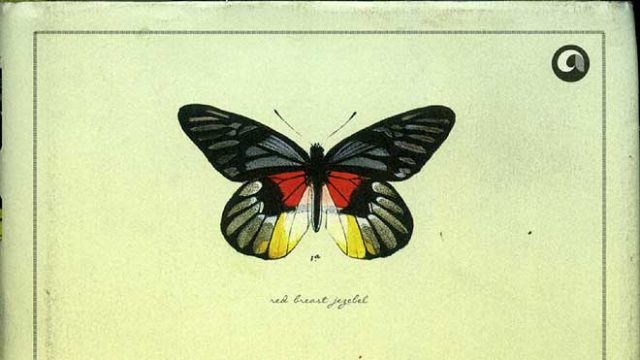The memoir of a butterfly specialist can make fascinating reading. Wildlife writing has focused mostly on large animals; even field guides to the various classes of insects in India are hard to find. So it was with wonder that I picked up Peter Smetacek’s beautifully produced memoir, Butterflies on the Roof of the World.
Smetacek describes the obsessive lengths he has gone to find a few specimens of rare species, edging around crumbling cliff sides, driving a motorbike for days over rough roads, in pouring rain and blazing sun, to reach remote hillsides, and braving biting cold. Sometimes, for all that trouble, he returns empty-handed. If butterflies are ephemeral creatures, the science of studying them has to rate as an exacting if arcane study. In one case, no more than a few tiny black spots on the underside of the hind wings differentiate similar looking species. In another, the structure of the genitals is the only way to tell one apart from another.
Flashes of humour punctuate the narrative. The account of his hunt for a particular kind of plant in Ladakh, a spurge with yellow blossoms, is hilarious. As are his attempts to deal with various animals that make a meal of his insects before he has a chance to catch them himself. Smetacek carries the reader along with his absorbing narrative. For the most part.
He lost me when he ventured into explaining scientific theories, where he did no better than an average zoology textbook. In particular, his discussion of map butterflies is gobbledygook. He describes the habits of some owls but doesn’t give their names. For that matter, he doesn’t give the names of many of his collaborators, instead resorting to cumbersome descriptions such as “the Japanese gentleman.” An editor and proofreader could have easily fixed these irritants including grammatical errors, punctuation, repetition, and rambling discourses.
Despite these hiccups, I recommend the book; it is testament to what a person with single-minded focus and hard work can achieve and contribute to our appreciation of the natural world.




